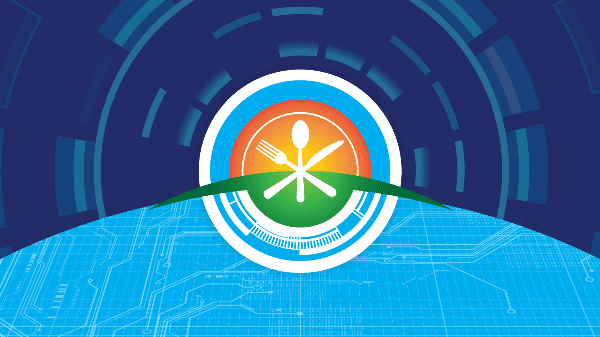As targets go, today’s Food and Drug Administration is the equivalent of the broad side of a barn.
First, it was hit by a massive recall of Abbott baby formula in February, creating nationwide shortages that persist to the present. And recently we’ve learned that for four months, the FDA ignored a whistleblower’s report on unsanitary conditions in the Abbott plant.
Then the FDA was subject to a withering exposé in Politico that highlighted incompetence—particularly in regard to food safety—that has stretched back over several presidential administrations.


These failures are not excusable, but they are understandable.
The answer is stated succinctly in a book I’ve been reading: The Secret History of Food by Matt Siegel: “FDA is too overtasked and underfunded.”
There you have it. This explains much of the problem. Recent complaints about FDA have been focused on the agency’s structure (who answers to whom), but these are almost academic points given this much larger issue.
In 2019, the FDA budget was $5.7 billion. About 55 percent, or $3.1 billion, of it was provided by the federal government. The remaining 45 percent, or $2.6 billion, was paid by industry user fees.
The amount allocated for food was $1.06 billion, $10.9 million of which was paid by user fees.
In 2020, the FDA budget was $5.9 billion; in 2021, $6.05 billion. $1.1 billion of that was for food programs.
In March, the Biden administration announced its FDA wish list for fiscal 2023. It’s impressive: $8.4 billion, a 34 percent increase over 2022 appropriations of $6.3 billion.
Of this, an additional $76 million is requested for food safety. That’s not much.
These figures strongly suggest that the Biden administration may be no better than its predecessors in prioritizing federal food safety efforts.
If that is the case, the Senate Committee on Agriculture is vying with the administration in apathy.
Who is the chief food safety authority in the FDA? The FDA undersecretary for food safety. The Biden administration has nominated Dr. Jose Emilio Esteban for this post, but he hasn’t been approved by the Senate. In fact, he has been waiting for confirmation for six months by the Senate Committee on Agriculture.
Industry groups tend to regard government supervision as a kind of hereditary enemy, but in April a number of major food industry organizations, including the International Fresh Produce Association, sent a letter to FDA commissioner Robert Califf protesting “serious problems in the FDA food program’s organizational structure, governance, and performance.”
The letter was in response to the Politico exposé.
The letter also addressed funding: “We agree that the FDA’s food program may need significantly increased funding to fulfill its mission. Congress has provided considerable funding for FDA food programs, especially for implementation of FSMA [the Food Safety Modernization Act of 2011], stretching back to FY 2015. A transparent accounting of FDA expenditures since that time, within the food arena, would help us to assist the agency bolster its funding.”
Certain ideologues have promoted the deluded idea that government regulation is always bad and that the private sector can accomplish the same goals much better and more economically.
As I said, this belief is delusory.
Food safety is ensured by an intricate network that includes both government supervision and industry self-regulation, with the important (though usually unwelcome) assistance of civil litigation and media and public outcries.
In a free-market economy, that is unlikely to change. Hobbling the government side of it will do nothing to improve food safety for the public.
We have at least learned that much over recent years.



